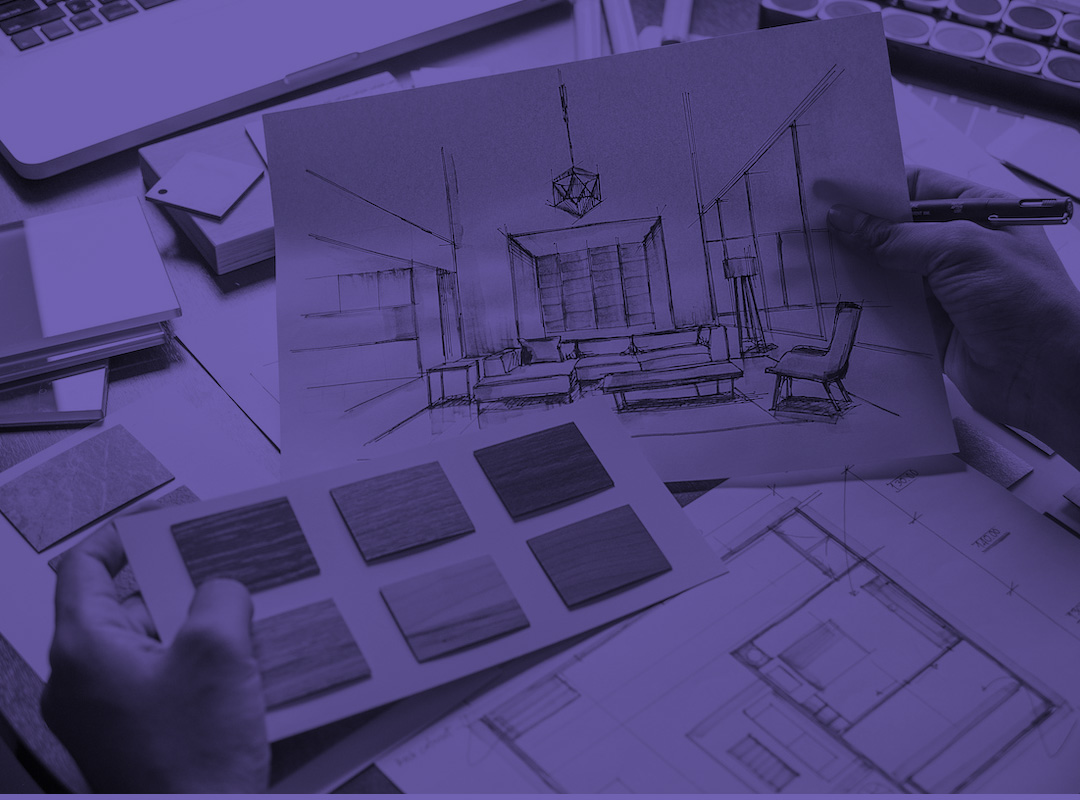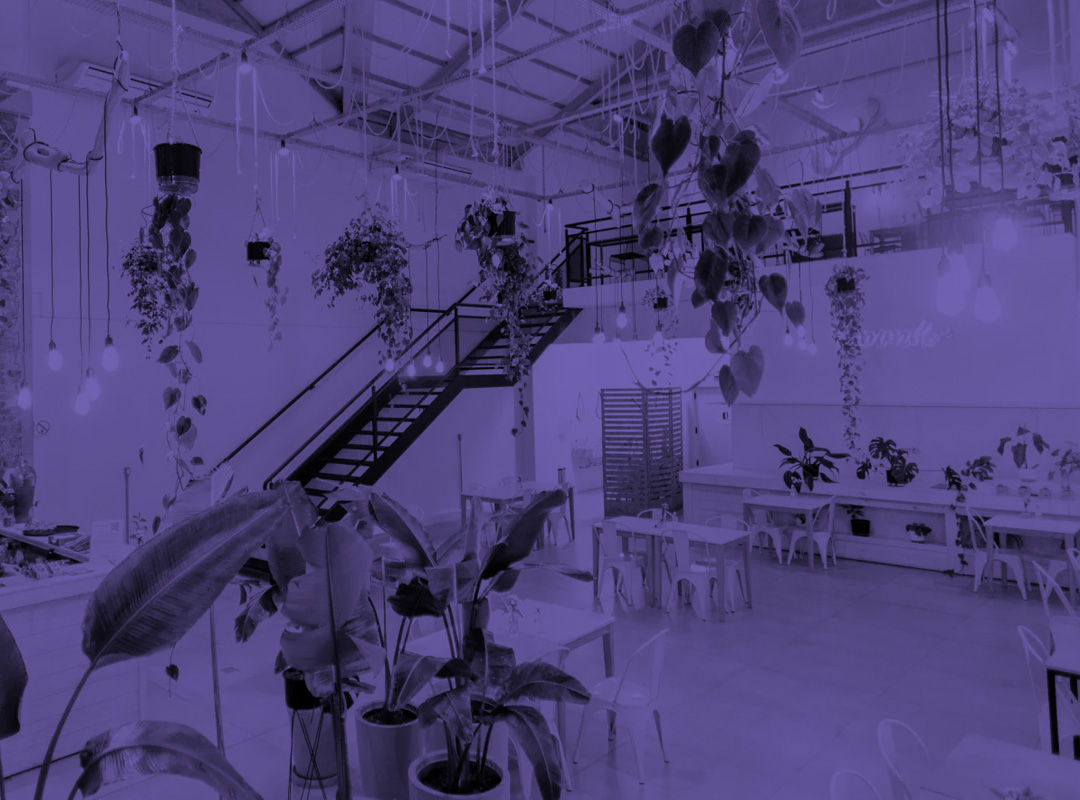Opening a small restaurant requires more than just delicious food and excellent service. Design plays a crucial role in shaping customer impressions, influencing their perception and encouraging repeat visits. A well-thought-out interior enhances comfort, strengthens the restaurant’s brand and makes the most efficient use of space. Whether you choose an industrial, minimalist, retro, or nature-inspired style, a strategic design choice can transform a compact dining area into a welcoming and profitable establishment.
A successful restaurant is a harmonious combination of aesthetics and functionality. The interior design sets the tone for the dining process, influencing the emotions and customer satisfaction. A single theme, thoughtful layout and carefully selected decorative elements create a memorable atmosphere. Small restaurants benefit from creative solutions that visually enlarge the space while maintaining a chamber-like atmosphere.
Key design elements of a small restaurant
- Choosing the appropriate theme and style
- Strategic space planning
- The entrance and reception area — a well-designed waiting area makes a first impression. The compact hostess stand with unobtrusive branding provides functionality without congestion.
- The seating arrangement — banquettes, bar stools and small tables optimize the space while maintaining comfort. Separate booths with dim lighting enhance exclusivity.
- The bar area is a compact but visually appealing bar counter that serves as the center of attention, stimulating social interaction.
- Lighting to create an atmosphere and provide functionality
- The psychology of color in restaurant design
- Proper use of mirrors and decor
- Selection of functional and aesthetic furniture
The design theme should match the concept of the restaurant. Industrial design with accents of brick and metal creates a modern atmosphere, while minimalistic interiors with clear lines and neutral tones create a sense of sophistication. Retro and vintage style evoke nostalgia thanks to classic furniture and warm lighting, giving the space a special character. Themed interiors inspired by nature include wooden textures, indoor plants and earthy tones, creating a soothing atmosphere. Each style sets a certain mood, so choosing the right style ensures that it matches the restaurant’s brand and target audience.
Efficient use of space is especially important in small restaurants. The layout should ensure the free movement of both staff and guests. Key areas include:
Lighting significantly affects the mood and perception of the restaurant’s interior. General lighting, such as soft ceiling lights or hanging lamps, creates a warm and cozy atmosphere. Work lighting, including spotlights above tables or a bar counter, provides convenience for eating and cooking. Accent lighting, such as wall sconces or LED strips, highlights key design elements and adds depth to the space. A well-balanced lighting scheme creates dynamic contrasts, enhancing both aesthetics and functionality. The luminaires with adjustable brightness also allow you to change the atmosphere depending on the time of day, moving from bright dining lighting to a cozy evening atmosphere.
Colors evoke emotions and influence customer behavior. Neutral palettes create a sense of luxury and purity, while bright hues stimulate energy. Natural tones promote relaxation, so they are ideal for cozy cafes. The chosen color scheme should complement the theme and corporate identity of the restaurant.
Mirrors are an effective way to create the illusion of depth in a small restaurant, making the space seem bigger and more spacious. Mirrors located in strategically important locations enhance natural lighting and add elegance, especially if they are in front of windows or key design elements. Unique decorative elements such as vintage salt shakers, wall murals or live plants personalize the space and arouse the interest of the guests. Artwork and greenery can also highlight a restaurant’s theme, whether it’s botanical prints in a nature-inspired cafe or retro signage in a vintage diner. A thoughtful choice of decor helps to create a special and memorable atmosphere.
The furniture should combine comfort, durability and style to match the theme of the restaurant and its spatial constraints. Custom-made banquettes save space and provide comfortable seating, while eclectic chairs add personality and visual interest. Multifunctional pieces of furniture, such as folding tables or stackable chairs, allow you to flexibly approach the organization of various events and the arrangement of furniture. High-quality materials ensure durability, especially in areas with high traffic, and the ergonomic design enhances guest comfort. Choosing the right furniture not only increases the number of seats, but also improves the overall aesthetics of the restaurant.
Ideas for the design of a small restaurant
- Industrial chic with warm notes. The combination of materials such as concrete and steel with wooden accents softens the industrial style. Edison light bulbs and open air ducts enhance the urban atmosphere.
- Minimalist elegance. A monochromatic palette with subtle textures adds elegance to the room. Concealed storage solutions ensure that surfaces are free of clutter.
- Cozy retro vibes. Vintage posters, checkerboard floors, and mid-century furniture create a nostalgic charm. Muted pastel tones or bold retro-style colors accentuate the theme.
- Interiors filled with nature. Indoor vertical gardens, recycled wood tables and stone accents create a sense of outdoor presence. Large windows let in maximum natural light, creating a refreshing atmosphere.
- Multifunctional layouts. Folding partitions or movable screens allow you to reconfigure the space for private events. A shared table facilitates socializing over lunch by optimizing the number of seats.
The design of a small restaurant requires creativity, strategic planning and attention to detail. By choosing a single theme, optimizing the space, and considering the lighting and decor, even the most compact diner can become a luxurious and attractive place. A well-thought-out design not only increases customer satisfaction, but also increases profits due to longer visitor stays and repeat visits.


